Not many towns, particularly small rural towns, can boast an original Victorian arcade, such as can be seen in Okehampton.
The town was witness to a period of rapid change during the late 1800s, with the opening of the South West Railway line between Exeter and Okehampton in 1871, the completion of a new sewerage system in 1886 (costing what would now be considered the minuscule sum of £2,300) followed by a mains water supply in 1893.
Such modernisation set the scene for the building of the Arcade, between Fore Street and Station Road, providing the most direct route from the town centre to Okehampton Station. It was built by local builder Henry Geen on the site of the old Savile House, which he bought for princely sum of £2,250.
Henry Geen was the younger brother of former Okehampton mayor Charles Geen, a cabinet maker and also a builder. Henry had built up his own construction business in Wales, from where his wife Martha originated, but was urged by his older brother to join him in Okehampton, in the hope he would be able to spend more time in public life and, ultimately, to retire.
He arrived in the town with his wife and six children in 1882, taking over his brother’s extensive cabinet and joinery works on the East Okement river, complete with machinery driven by an iron water wheel producing 25 horsepower.
It was Henry Geen who extended the supply of electricity to shops, offices and other property in Okehampton in 1888, while street lighting was extended into central parts of the town in 1889.
As a builder he had carried out extensive works to the parish church in 1892, and later at the Baptist and Methodist churches. He also constructed workmens cottages near the Castle, artisans dwellings on Northfield Road and the terraced homes at Fairplace – ultimately owning some 100 houses in the town.
But the Arcade was his most ambitious project. The plans submitted to Okehampton Town Council were for four shops in Fore Street, 20 in the Arcade itself and two in Station Road. The Arcade would be 260ft in length and 40ft in height, to the glassed roof. The plans were lodged with the council, as the sanitary authority, as a ‘building otherwise than as a dwellinghouse.
However, shortly after the completion of the building in 1896, it was reported to the town council that although the plans approved had been for shops and offices only, some of the Arcade premises were being used as domestic dwellings, which the council was not prepared to allow. Thus started a four year legal wrangle between Henry Geen and the council, which saw summonses issued against those using the Arcade.
The matter came before the magistrates on February 9th, 1898, the case brought by the town council against Henry Geen and some of the shop keepers, heard in front of a crowded court.
The legal arguments concerned the fact that as dwelling places, although the premises were not detrimental to health, they were not in accordance with bye-laws. The bench finally found in favour of the town councils case, fining Henry Geen £1 and the tenants 26d each.
The general feeling in Okehampton at the time was that the ‘Arcadians’ had gained a victory, while the council had technically won in a case of moral right against legal wrong.
But the matter didn’t stop there. In March 1898 plans were deposited with the borough surveyor for the proposed domestic conversion of the shops.
However, when the council had neither approved or rejected the plans, a second case was held at the Petty Sessions and the council was held to be negligent, as they had not dealt with the matter as the law demanded and the case was dismissed.
A stand-off situation developed, with the council’s surveyor being refused entry to check whether the Arcade premises were being used as dwellings, and the police refusing to provide a constable to make such an inspection.
Eventually, after four years of ferment between supporters of the council and supporters of Mr Geen, it was agreed the matter should be left in the hands of the Borough Surveyor and ultimately it would appear the appetite on either side for more arguing had finally dissipated. Finally a date could appear on the outside of the Arcade – 1900.
Somewhat ironically, Henry Geen was unanimously elected Mayor of the Ancient Borough of Okehampton in November 1900.



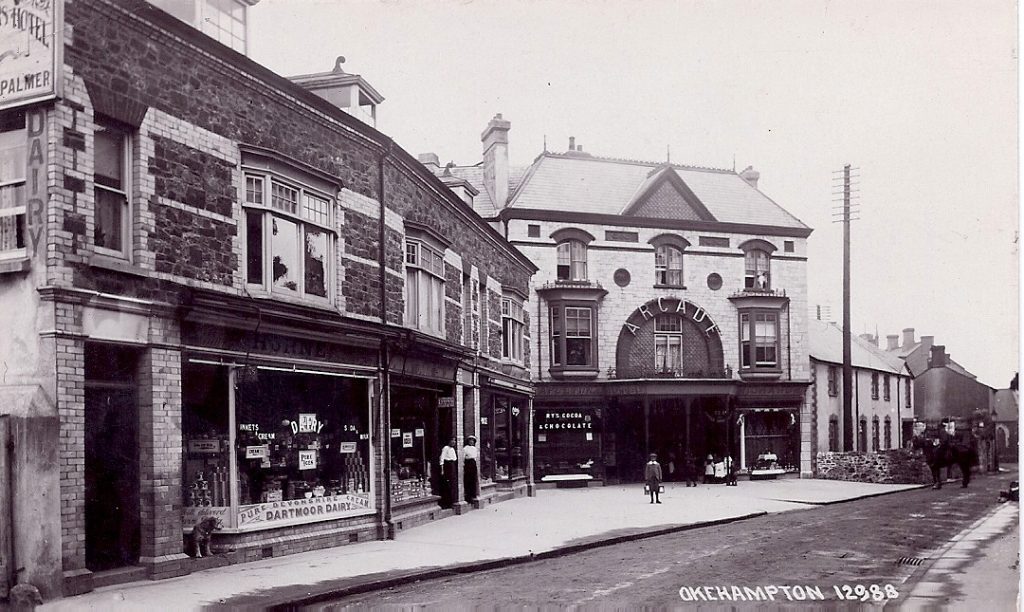
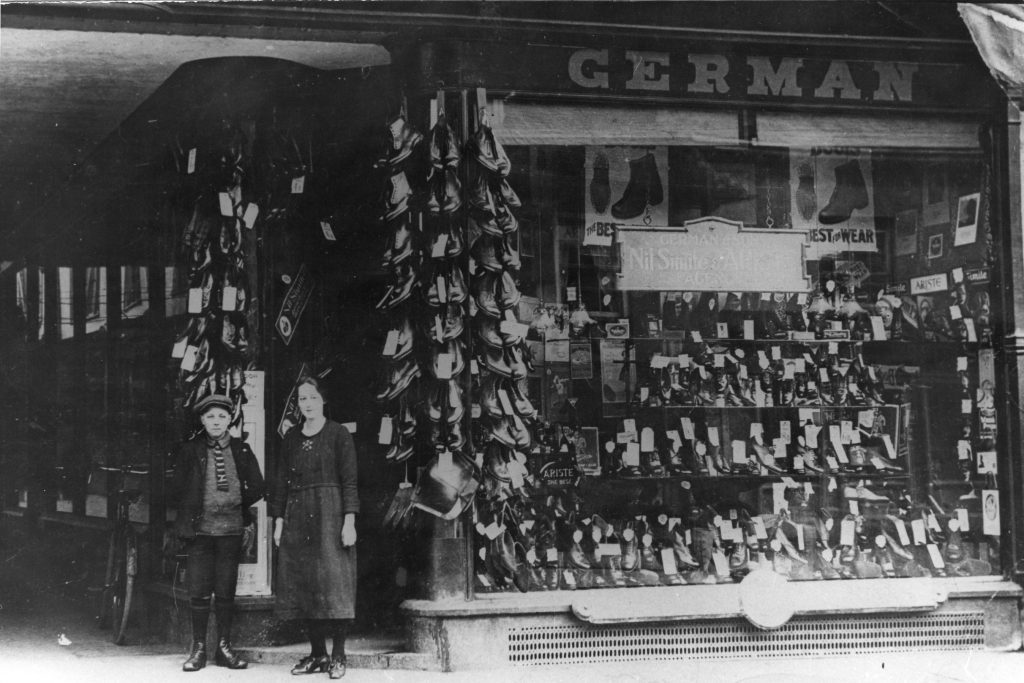
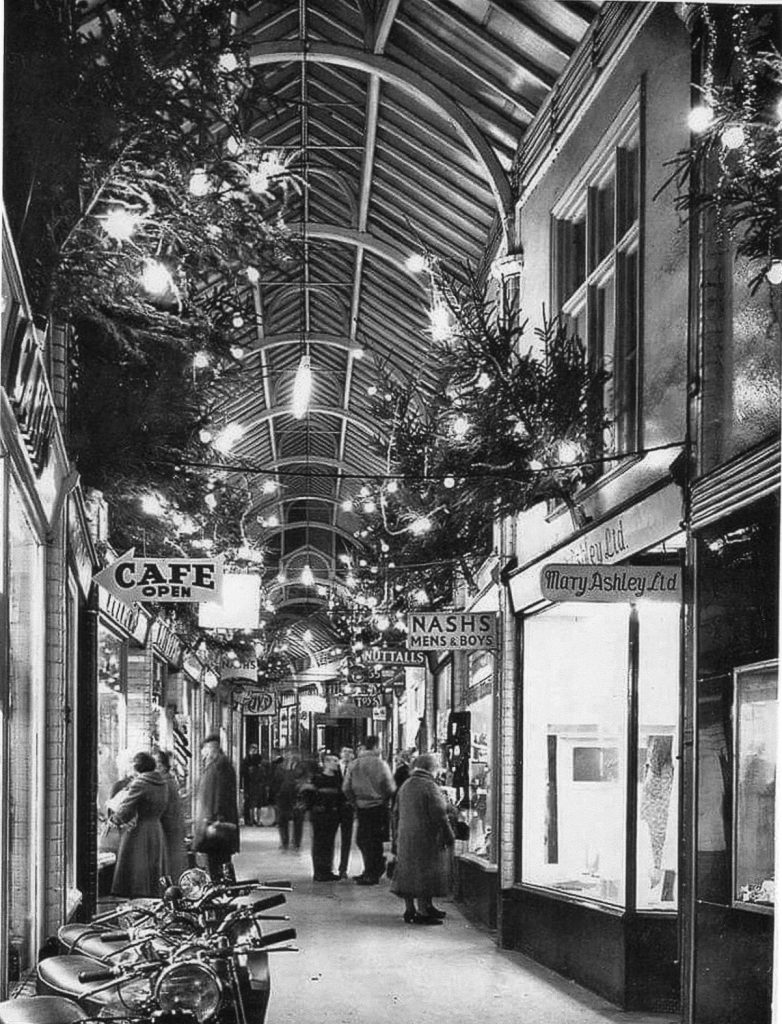
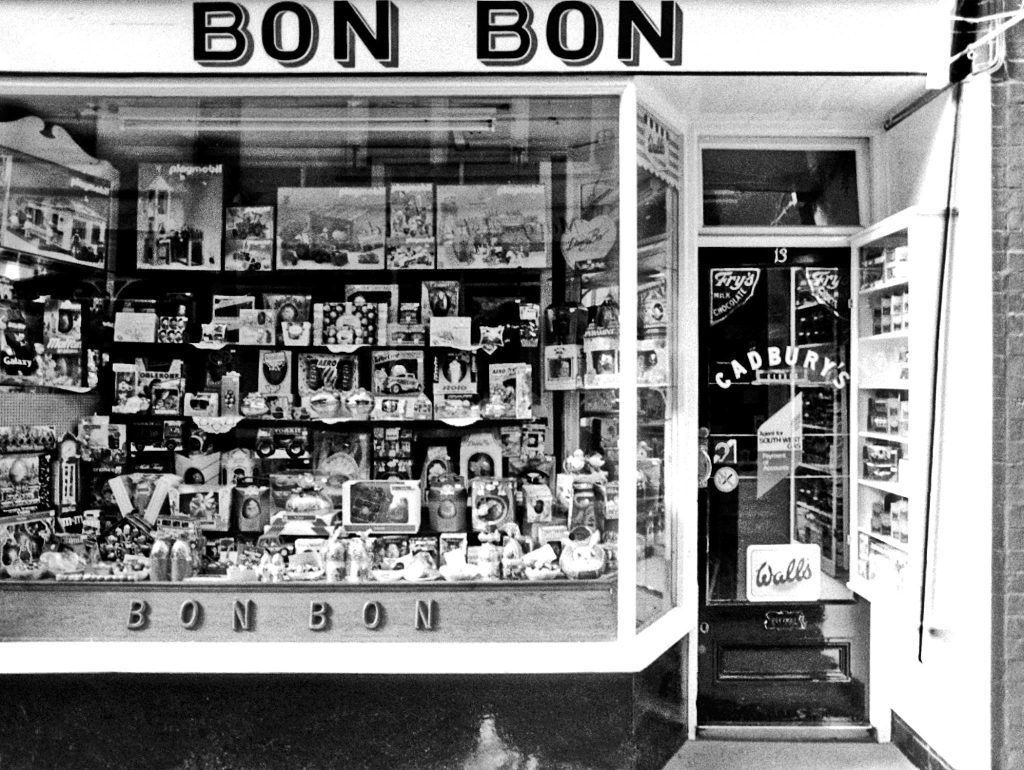
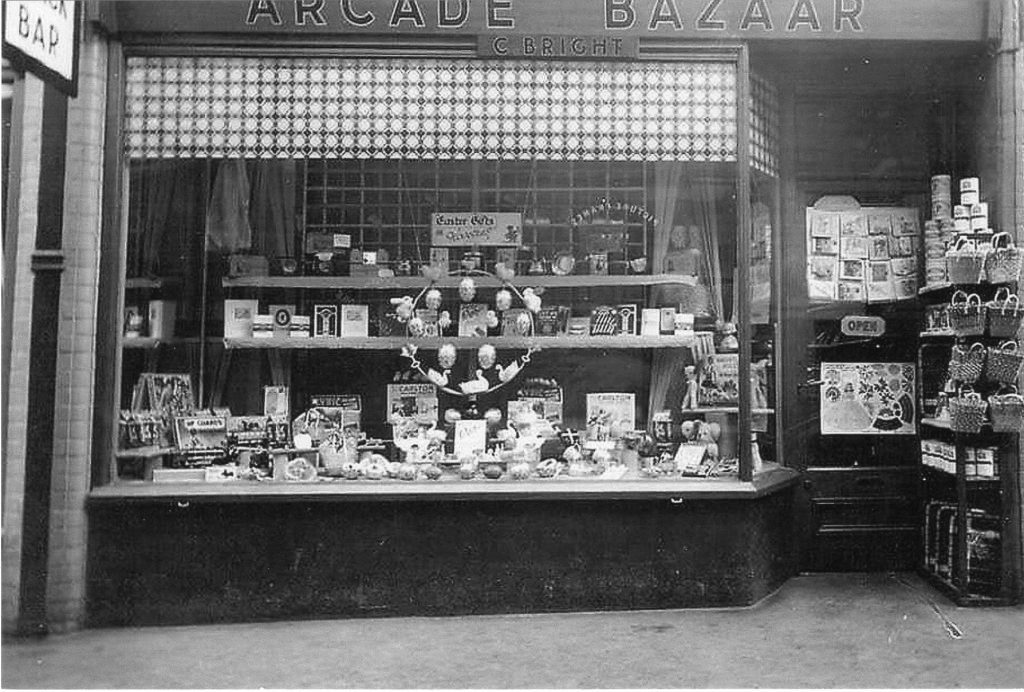
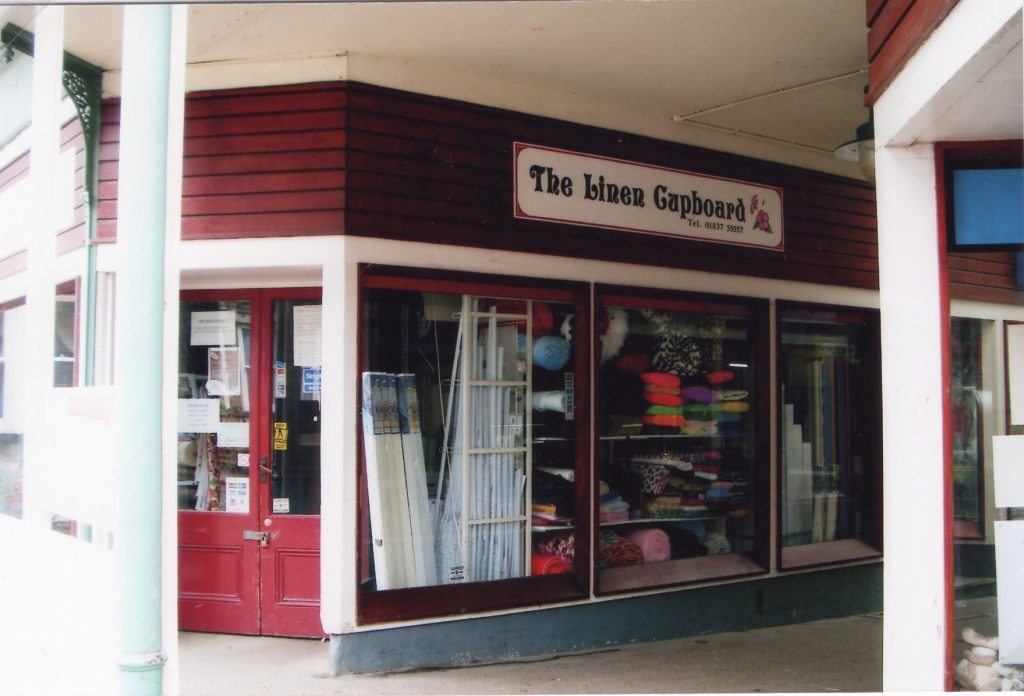
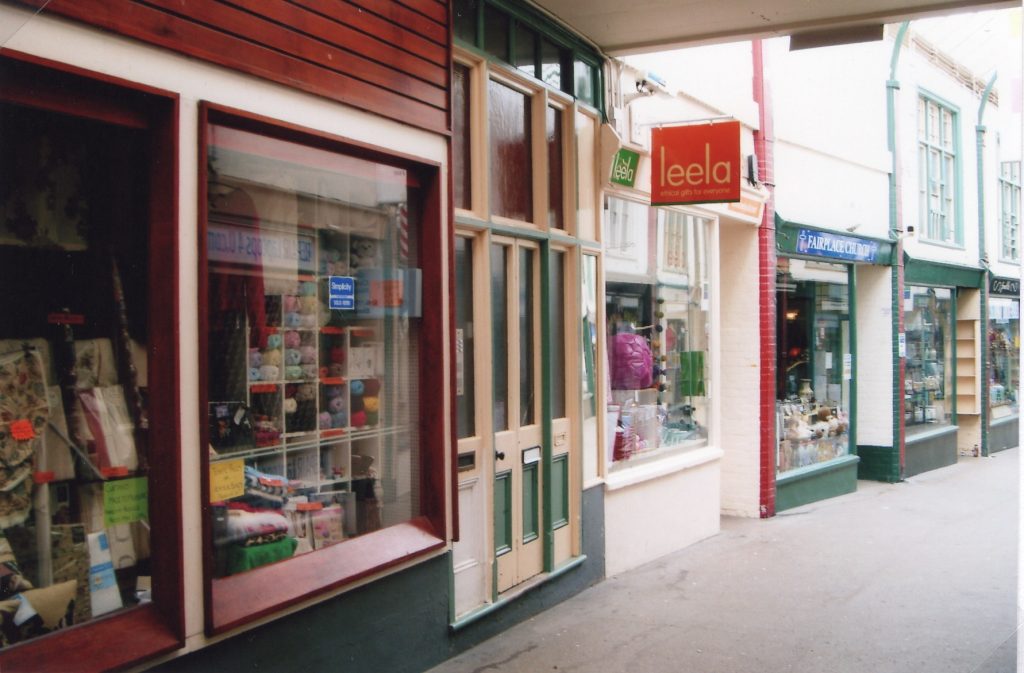
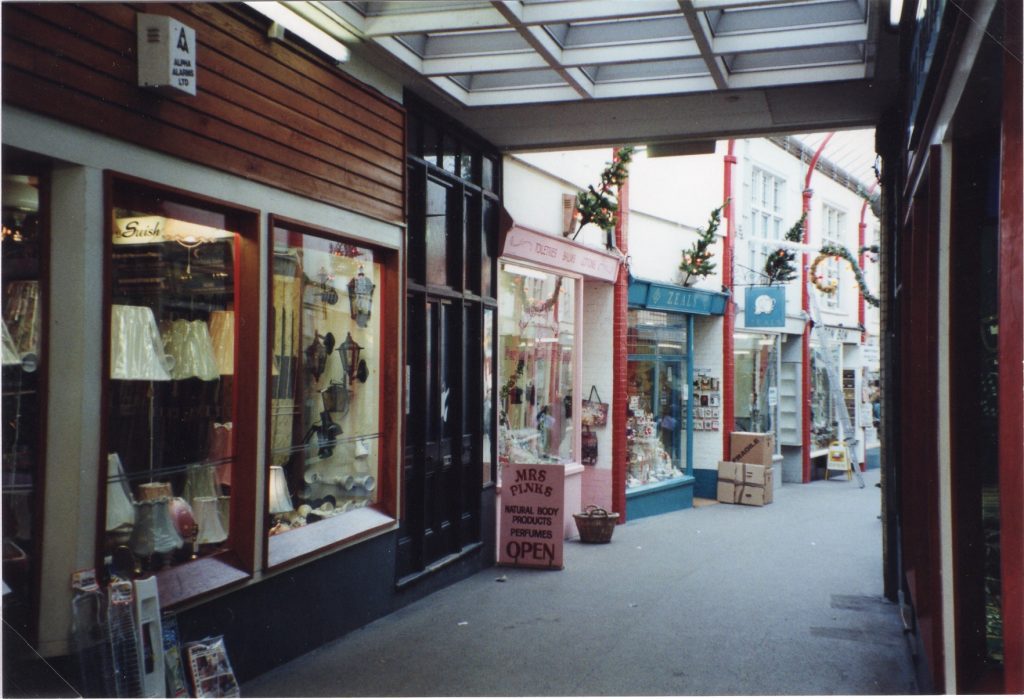
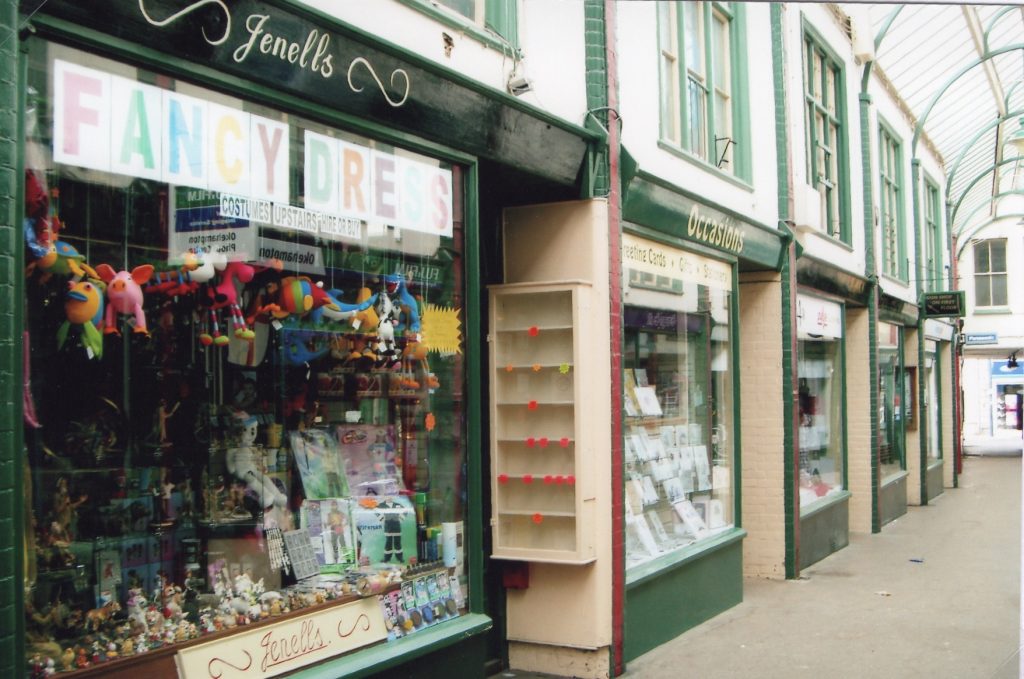
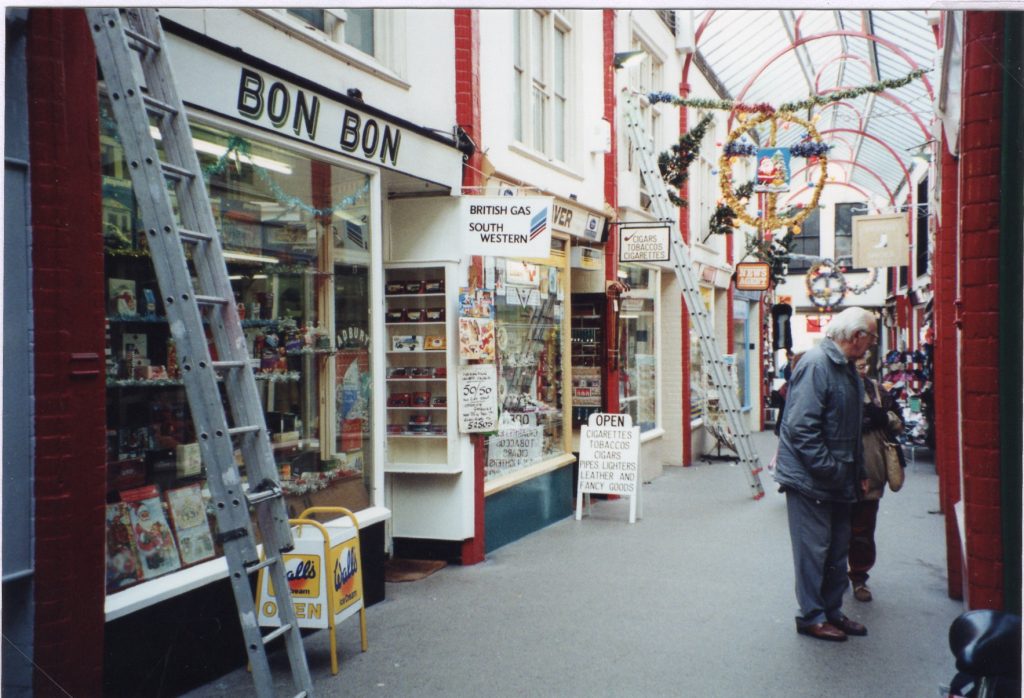
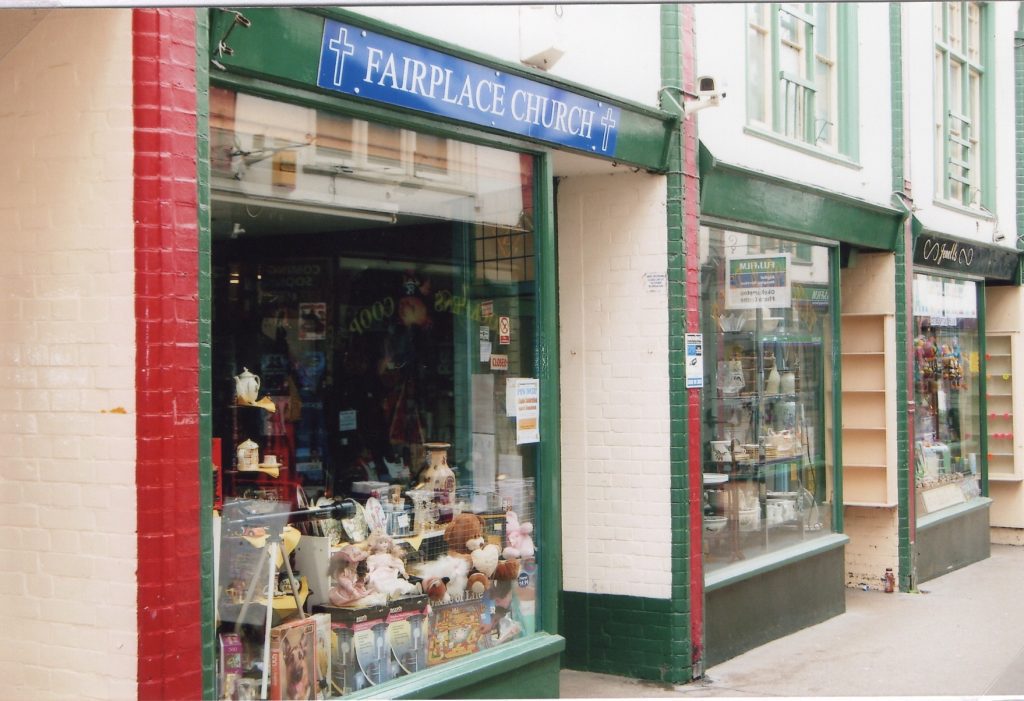
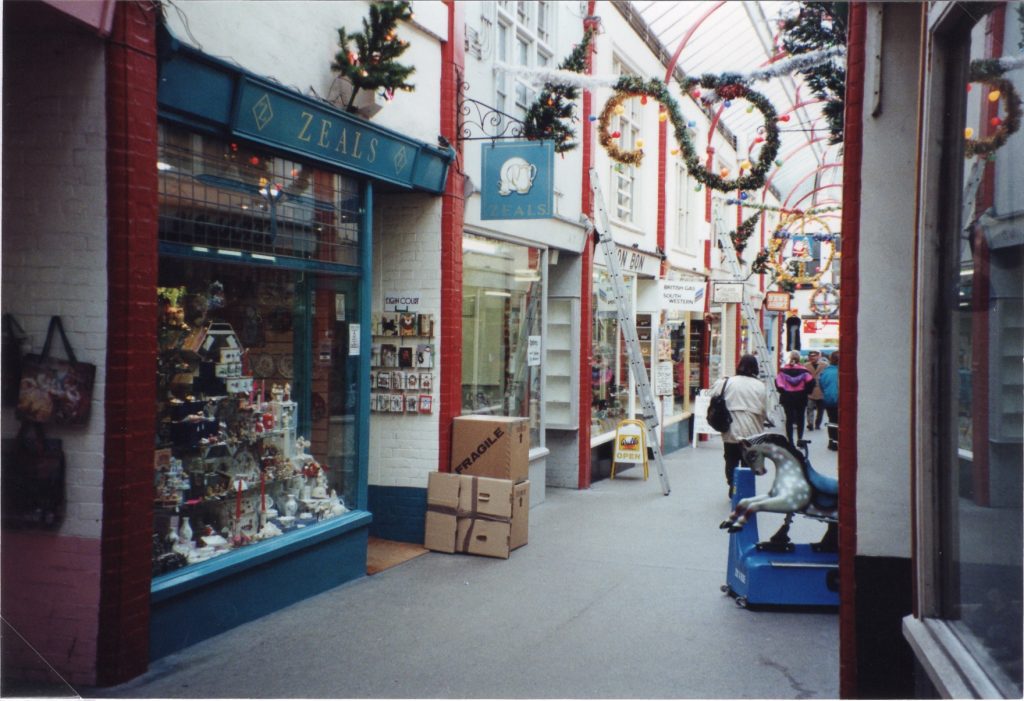
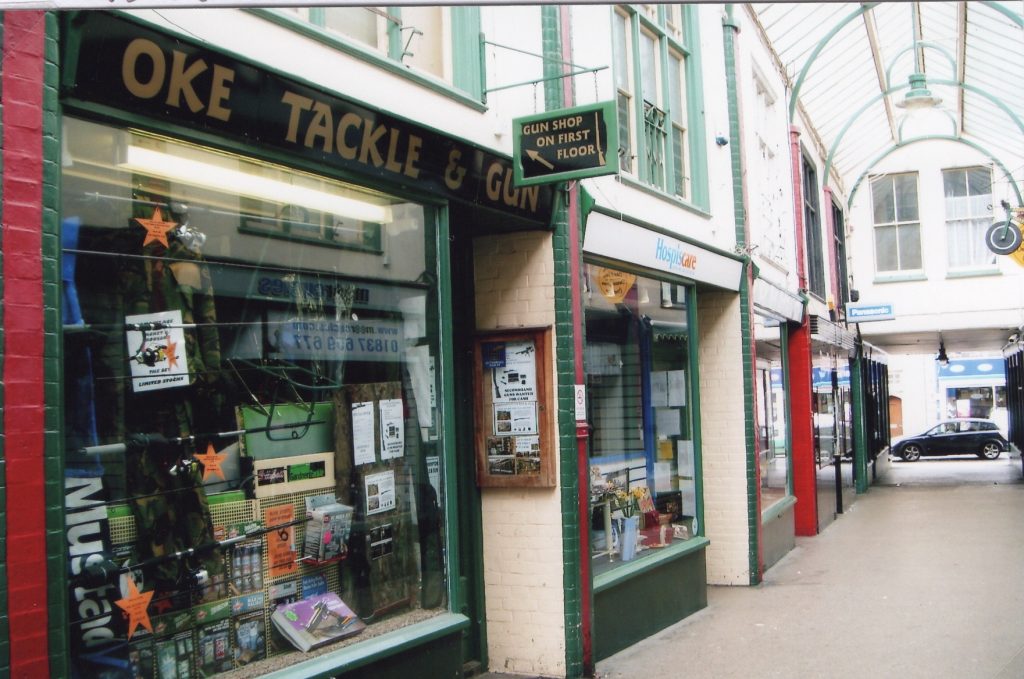
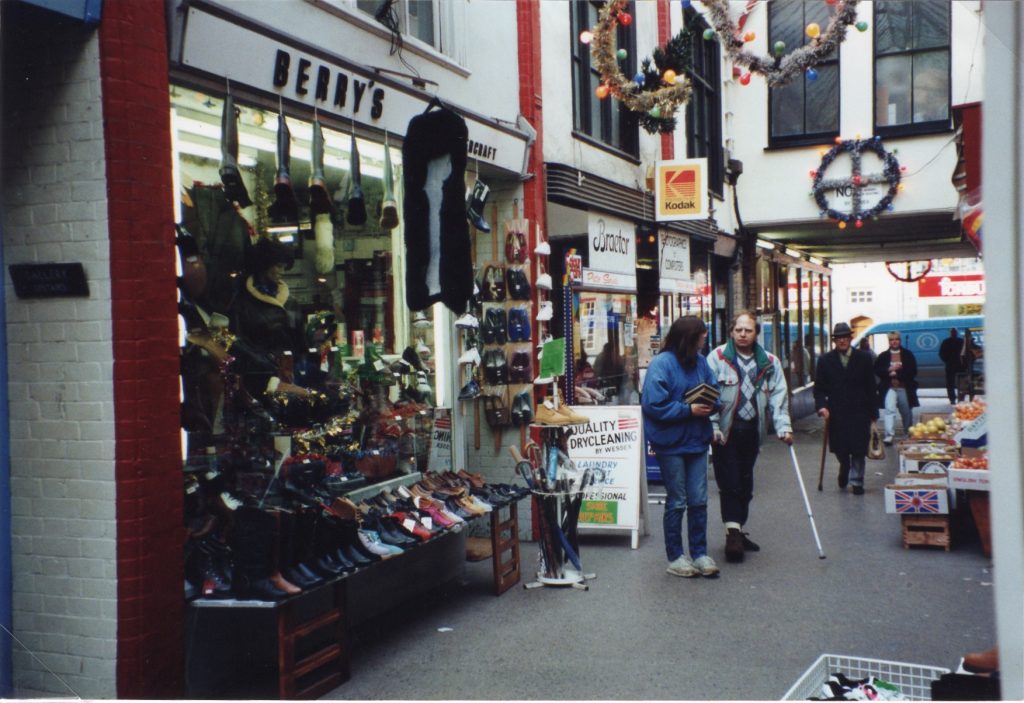
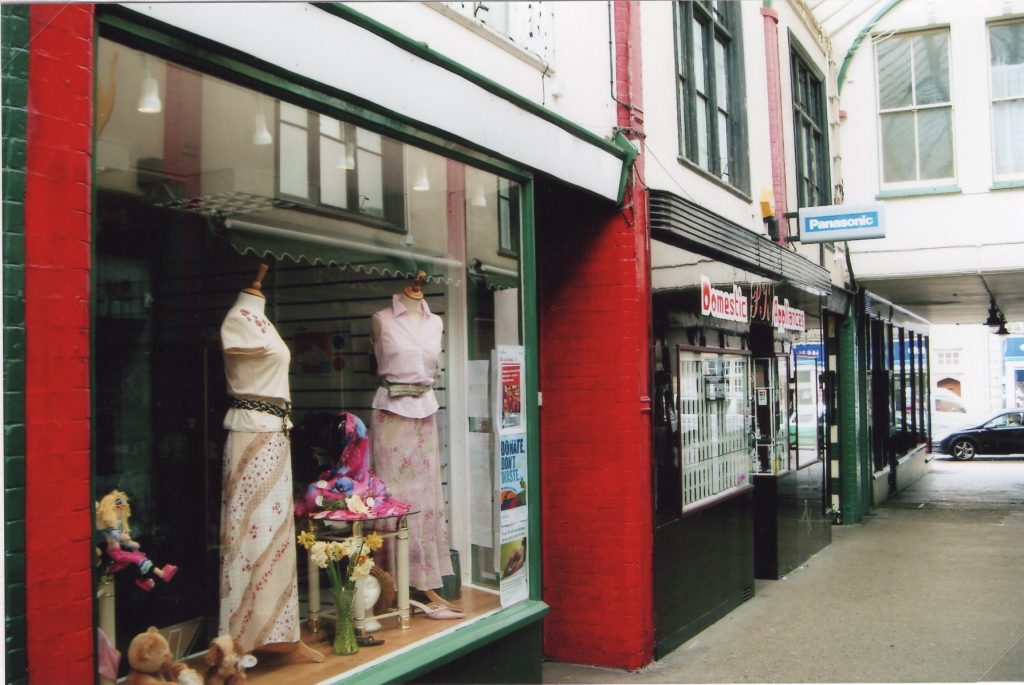
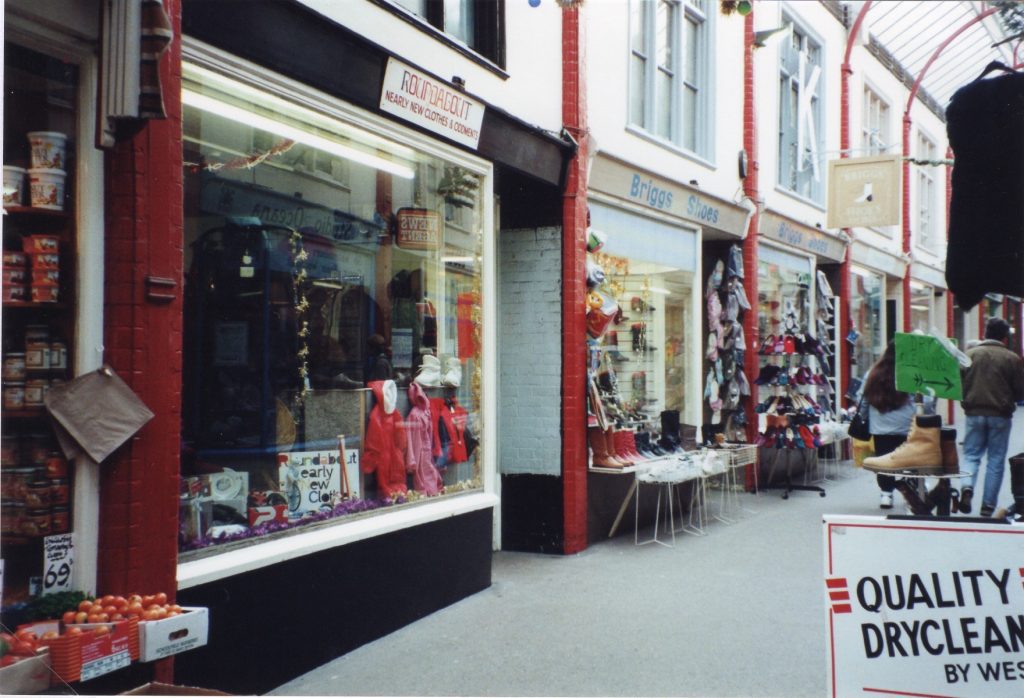

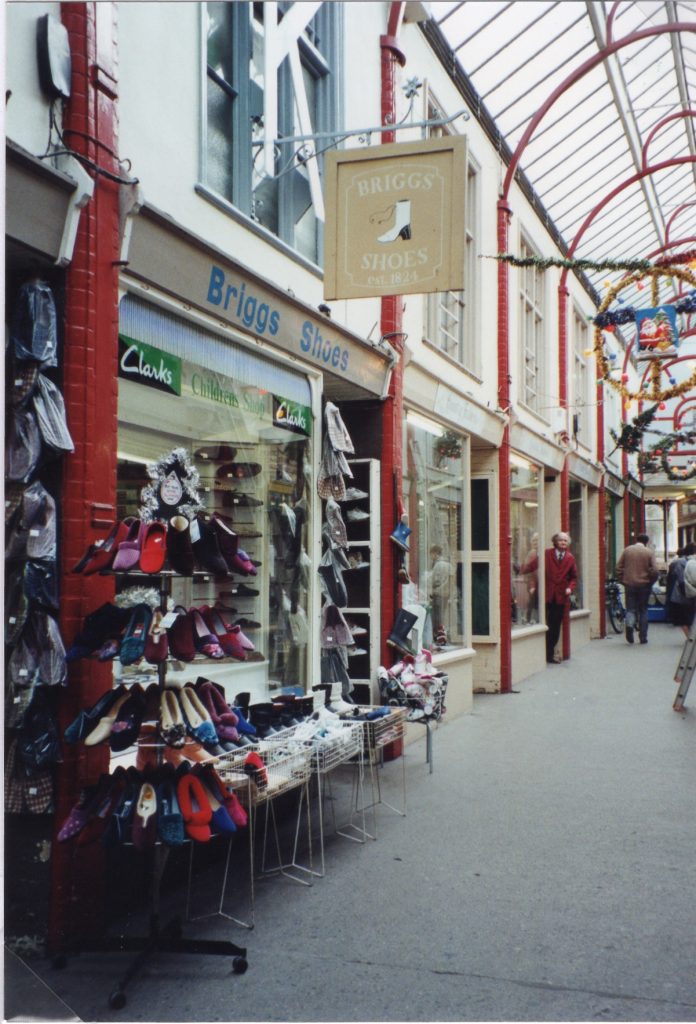
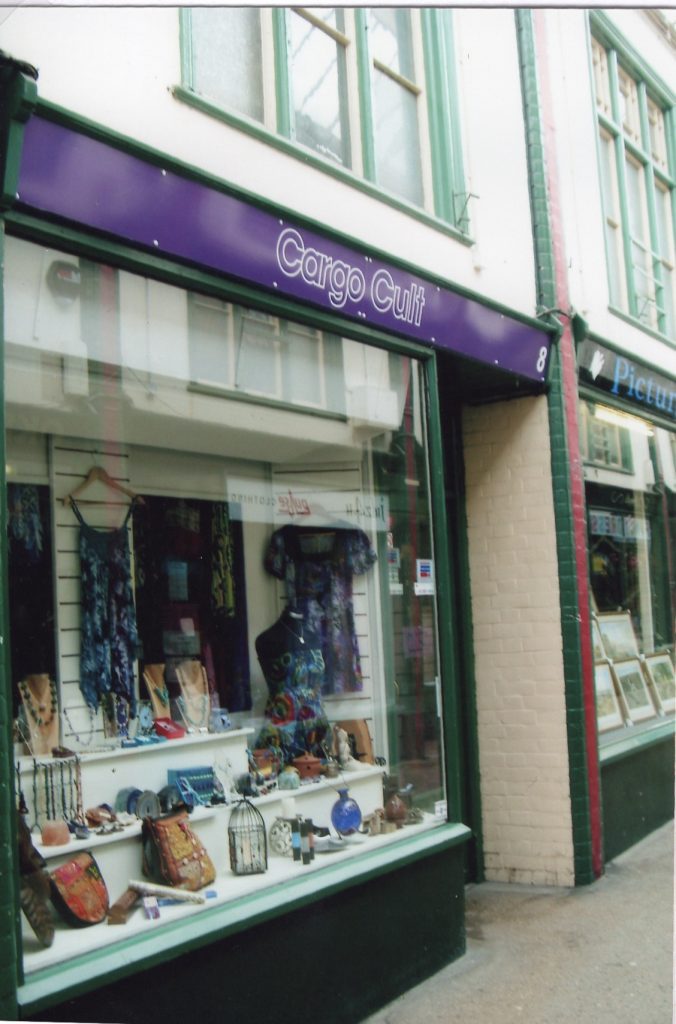
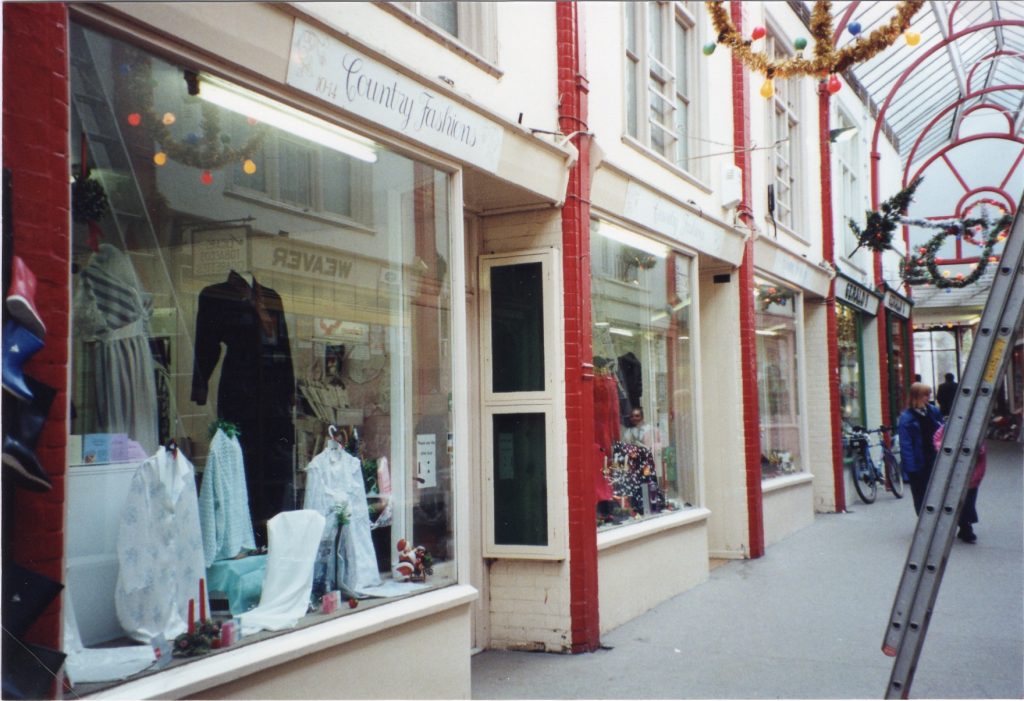
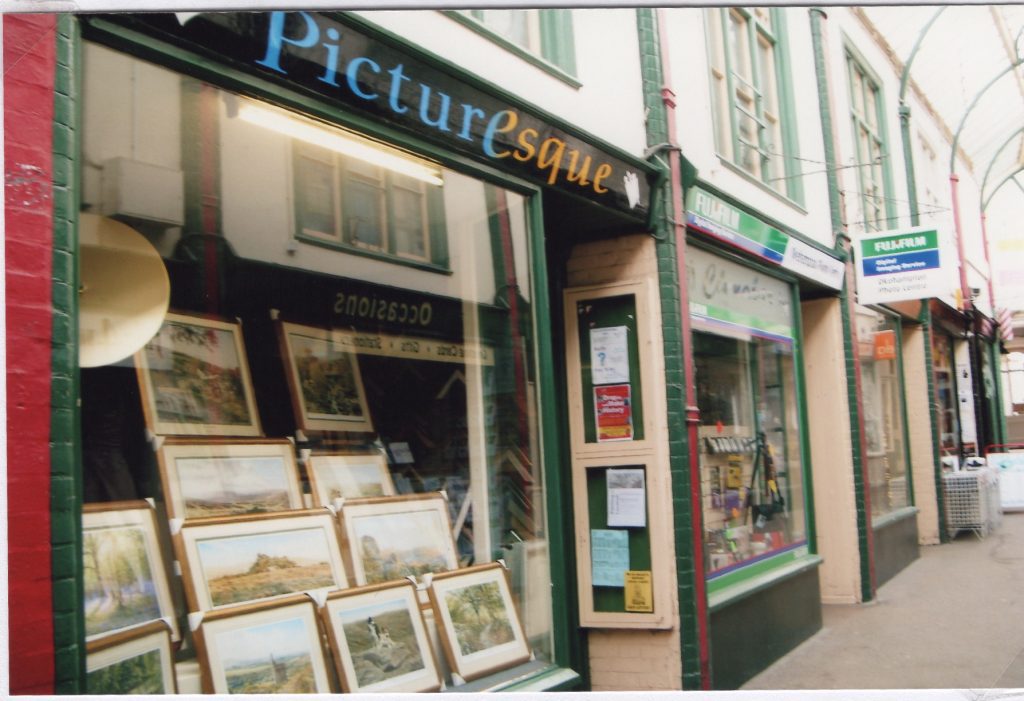
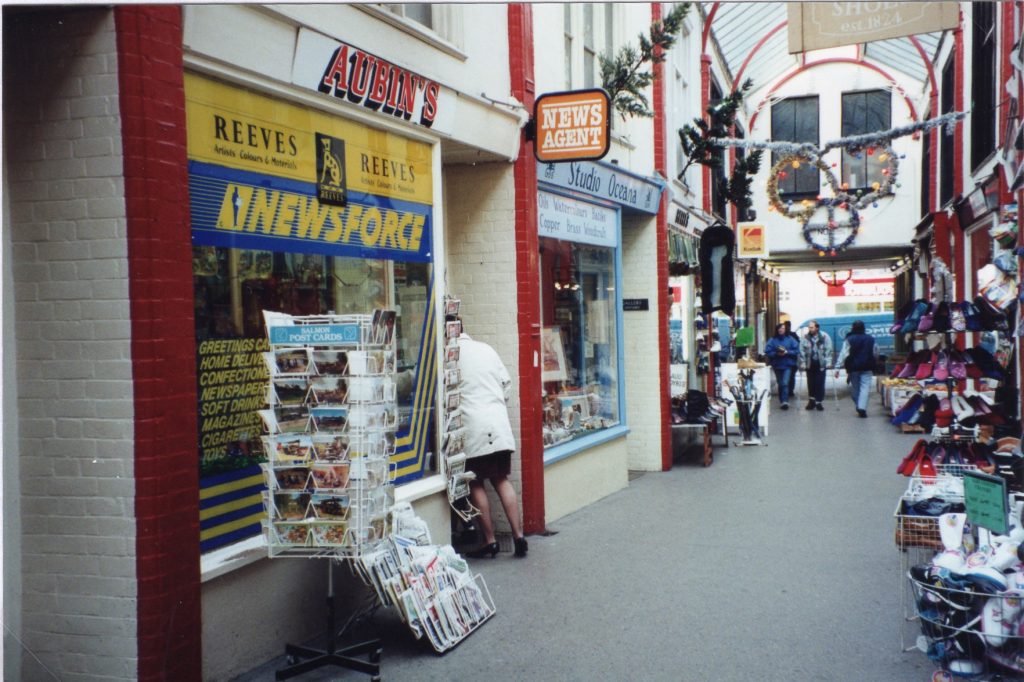
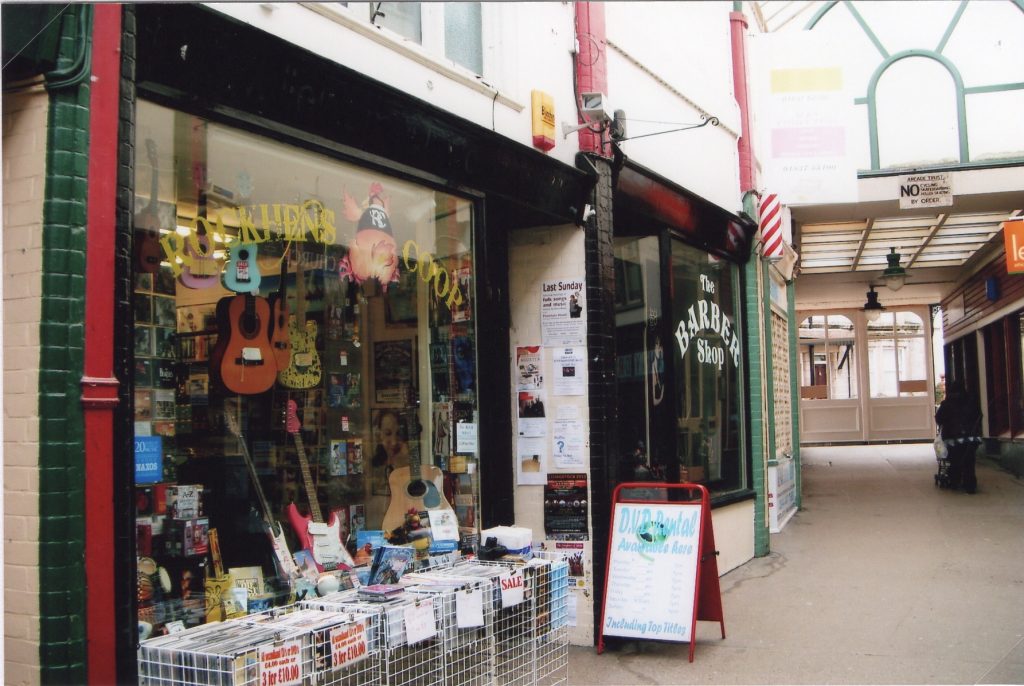
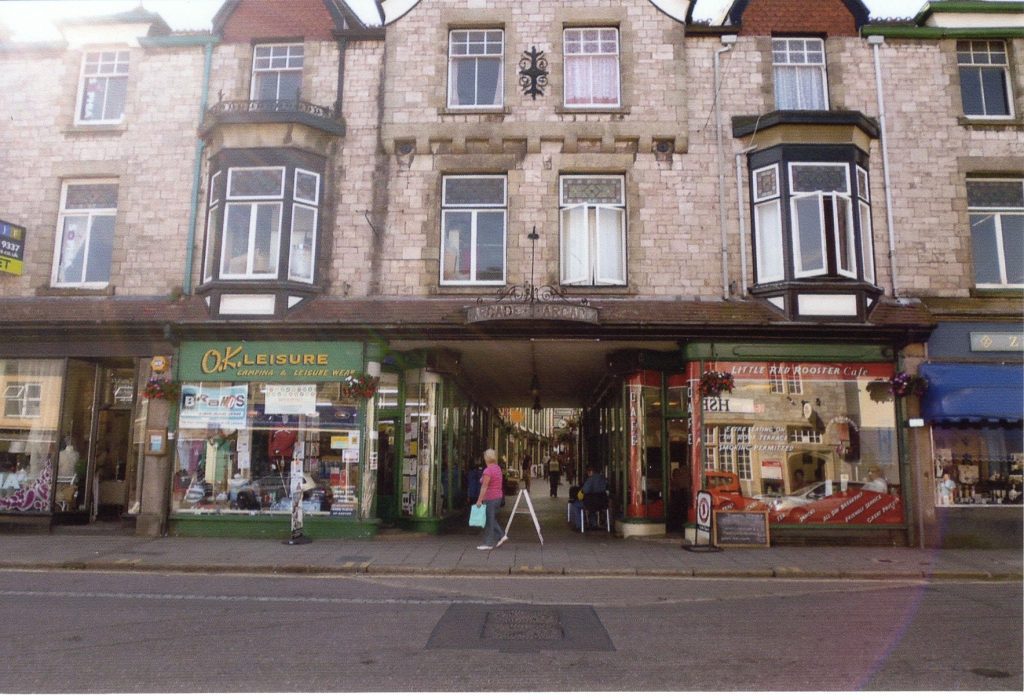
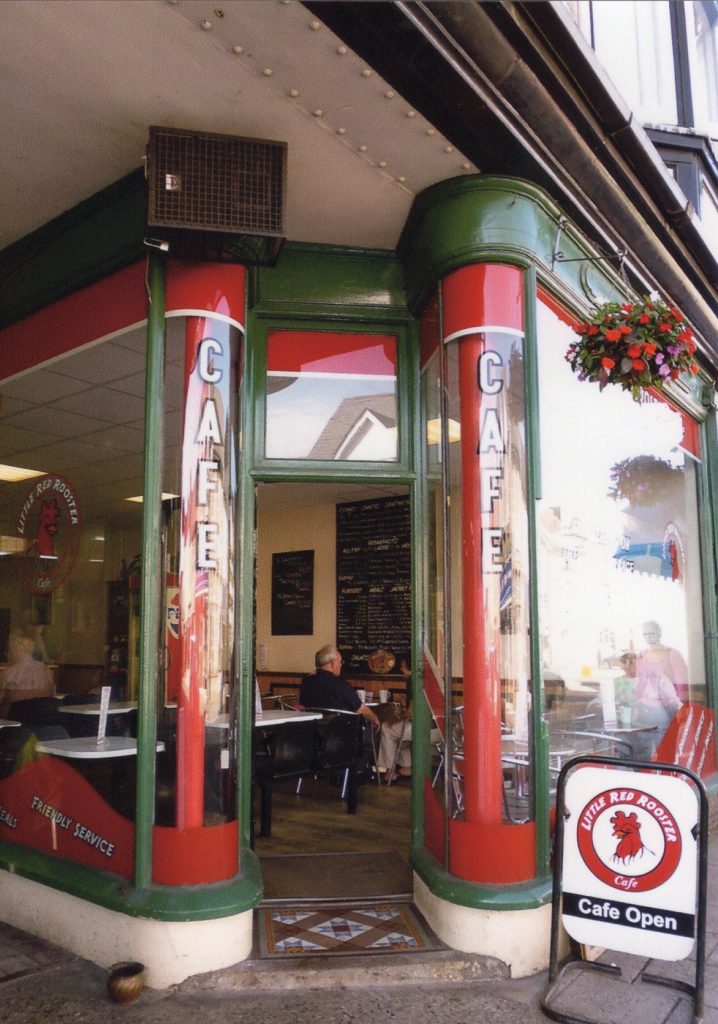
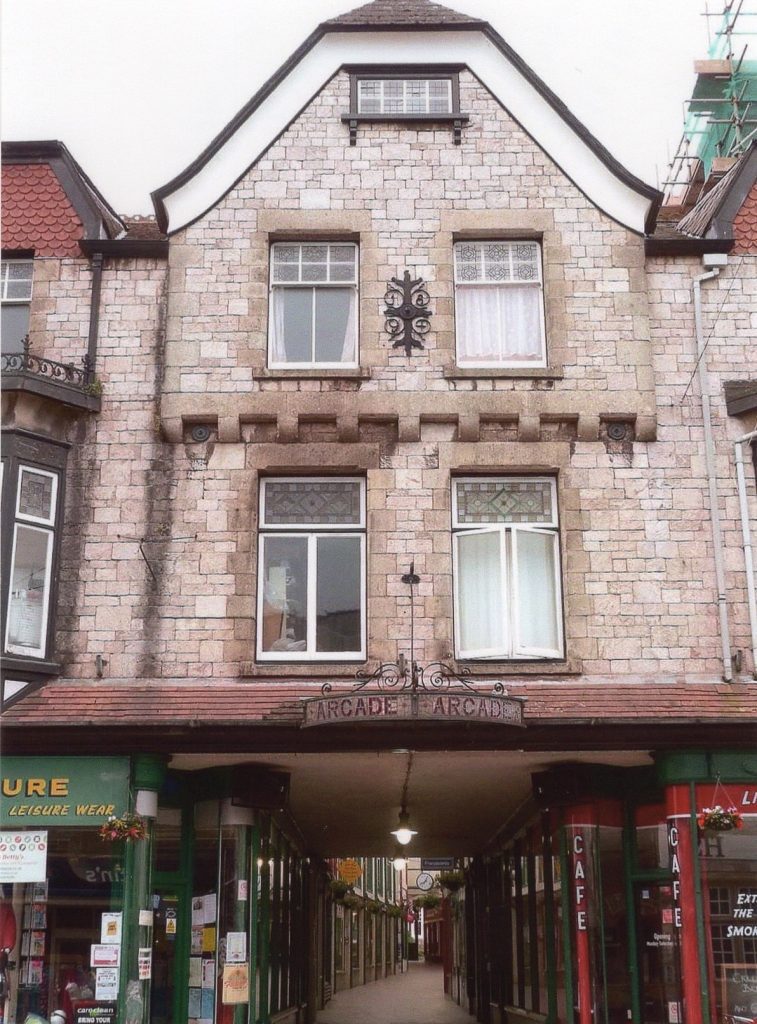
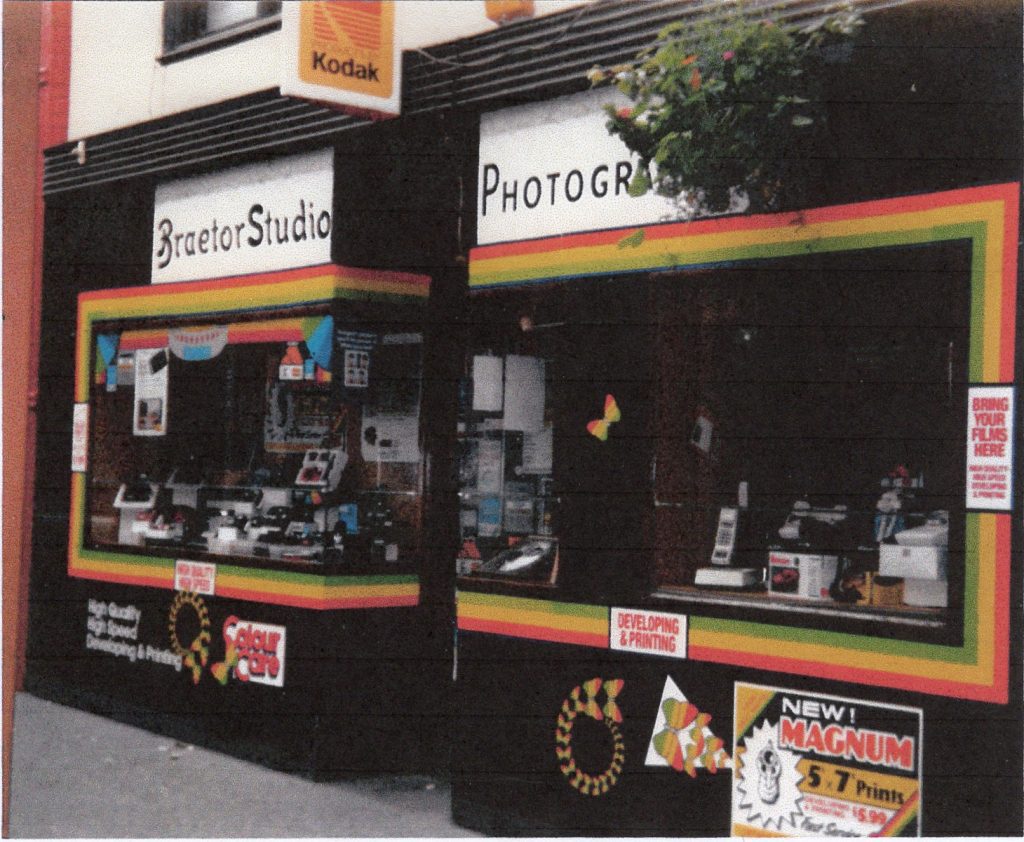
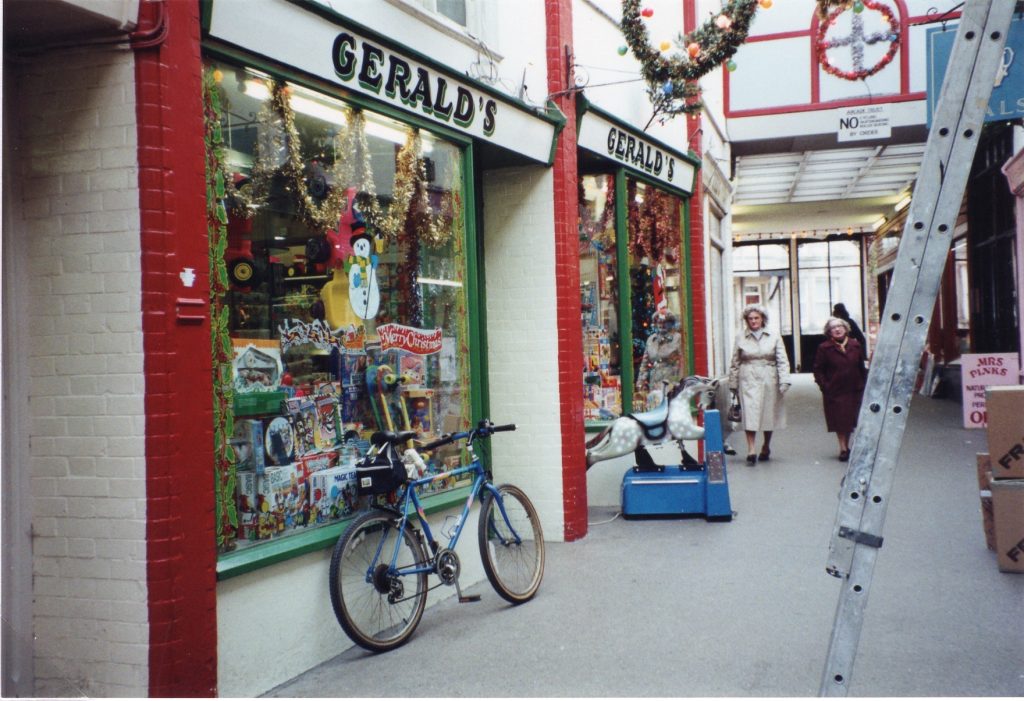









3 Responses
Fachaicasino has that simple charm. Selection could be bigger, but solid and easy to enjoy. Have a go at fachaicasino
Downloading games from 92rgamedownload is surprisingly easy. The selection is decent, and the downloads are fast. A solid choice for finding new games. Give it a try here: 92rgamedownload
188betvietnam is something to behold. I can say it is quite awesome and nice. Checkout 188betvietnam now!